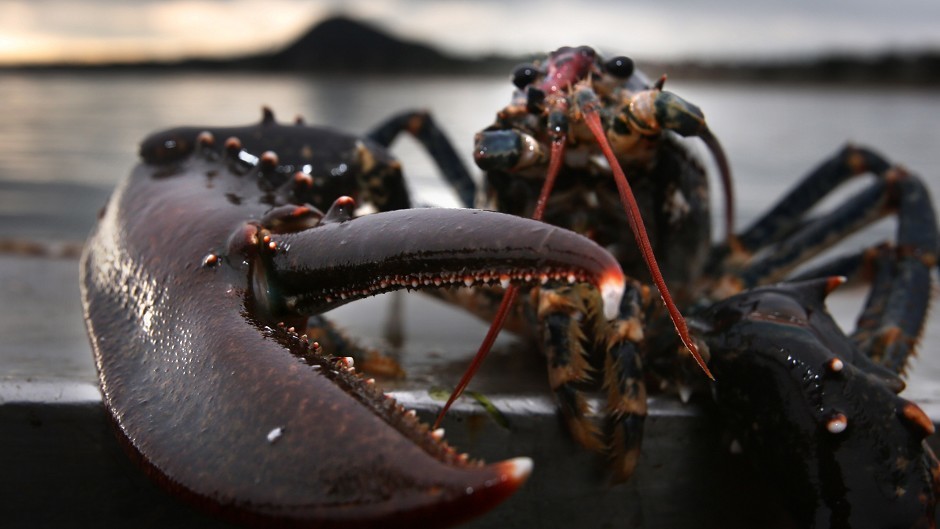Shellfish boats will have to land bigger lobsters and crabs under proposals forming part of a 12-week consultation launched by the Scottish Government yesterday.
But the suggested new minimum landing sizes are only slightly more than before, so inshore fishers will not have to go off in search of giants of the crustacean world.
In any case, new maximum landing sizes for lobster would rule out bringing exceptionally large specimens of that particular kind of seafood into port.
Fisheries Secretary Richard Lochhead said these and other measures were aimed at conserving valuable shellfish stocks in inshore waters around Scotland.
He added: “The brown crab, velvet crab and lobster fisheries are highly important to many of Scotland’s coastal communities, with landings worth £32million being recorded in 2014.
“However, the most recent scientific assessments show that some of these stocks are being fished above recommended levels.
“To ensure that our inshore fisheries are sustainably and effectively managed we are consulting on new management measures for shellfish.
“In the past year we have introduced new landing controls for the crab and lobster fisheries in the Outer Hebrides and Orkney, and I am sure these proposals for the rest of the Scottish coast will be well-received by inshore fishermen.
“I encourage anyone with an interest in fisheries management in Scotland to respond to the consultation and give us their views.”
Measures announced for Orkney last October – following a 12-week consultation – saw the minimum landing size for locally caught velvet crabs increase by about one-quarter of an inch.
The smallest lobster that can be brought ashore in Orkney has increased slightly, while a new minimum landing size for green grabs and a restriction on the landing of egg-bearing velvet crabs were also introduced.
It was hoped the changes would help protect breeding stocks and increase yields and egg production.
A ban on the landing of crippled lobsters, which have lost one or both of their claws, was introduced in the Outer Hebrides last year and the current consultation proposes this be extended across Scotland.
